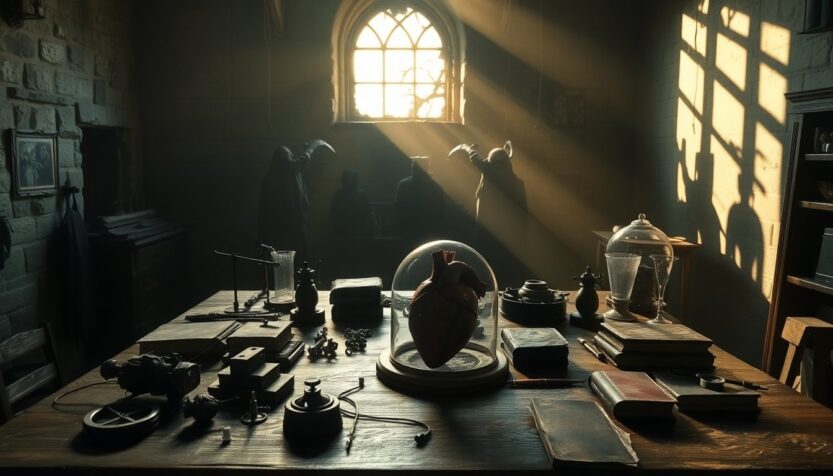Guillermo del Toro has undertaken the formidable task of adapting Mary Shelley’s classic tale of Frankenstein. This challenge extends beyond simply retelling a story that has captivated audiences for generations; it involves presenting a fresh perspective. This latest rendition aims to explore the psyche of its characters more profoundly while remaining faithful to the gothic essence of the original narrative.
This article will examine the cast and their roles, highlight significant changes made by del Toro, and discuss how these alterations impact the overall storytelling. The film features a combination of established actors and emerging talents, promising a captivating experience for both new and returning audiences.
Character breakdown
The heart of any adaptation lies in its characters, and del Toro’s Frankenstein is no exception. Oscar Isaac takes on the role of Victor Frankenstein, a character driven by an unrelenting pursuit of immortality. Victor’s obsessive quest to create life from death is central to the narrative, triggering a series of tragic events that ultimately lead to his downfall.
Oscar Isaac as Victor Frankenstein
Known for his roles in acclaimed films and television series such as Star Wars and Moon Knight, Oscar Isaac delivers a nuanced performance as Victor. He embodies a dreamer entangled in despair and ambition, illustrating how these conflicting emotions shape his journey. Isaac’s portrayal is poised to resonate with audiences, capturing the essence of the tragic hero.
In contrast to Victor, the Creature, portrayed by Jacob Elordi, emerges as a figure of profound complexity. Often misidentified as “Frankenstein,” the Creature is assembled from various deceased individuals. His journey of self-discovery and the quest for acceptance form a crucial aspect of the story.
Jacob Elordi as the Creature
Elordi, recognized for his performances in Euphoria and The Kissing Booth, faces the challenge of portraying a character that evolves from a misunderstood monster into a being capable of profound emotions. The Creature’s path is not solely one of violence; it also involves a search for connection and understanding in a world that rejects him.
Significant character changes
Del Toro’s adaptation diverges from Shelley’s original text in several key areas. For example, the character of Elizabeth, traditionally depicted as Victor’s love interest, has been reimagined. Played by Mia Goth, she becomes the fiancée of Victor’s younger brother, William, adding an intriguing layer of complexity to her character.
Mia Goth as Elizabeth
In the original novel, Elizabeth is primarily a passive character; however, del Toro’s version allows her to break free from these constraints. As an entomologist with a passion for studying insects, she embodies a spirit of independence and curiosity. This transformation not only adds depth to her character but also reflects contemporary themes of female empowerment.
Another notable character is Herr Harlander, introduced as a wealthy benefactor with his own motives. Christoph Waltz plays this role, infusing it with layers of ambition and intrigue. Waltz’s extensive filmography, including roles in Inglourious Basterds and Spectre, ensures a compelling performance.
Exploring themes and impact
The film transcends a mere retelling of a horror story; it seeks to examine deeper themes of forgiveness, understanding, and the human condition. Del Toro has stated that the essence of Frankenstein lies not in the monster itself but in the relationships and moral questions that arise from creation and abandonment.
This article will examine the cast and their roles, highlight significant changes made by del Toro, and discuss how these alterations impact the overall storytelling. The film features a combination of established actors and emerging talents, promising a captivating experience for both new and returning audiences.0
This article will examine the cast and their roles, highlight significant changes made by del Toro, and discuss how these alterations impact the overall storytelling. The film features a combination of established actors and emerging talents, promising a captivating experience for both new and returning audiences.1

